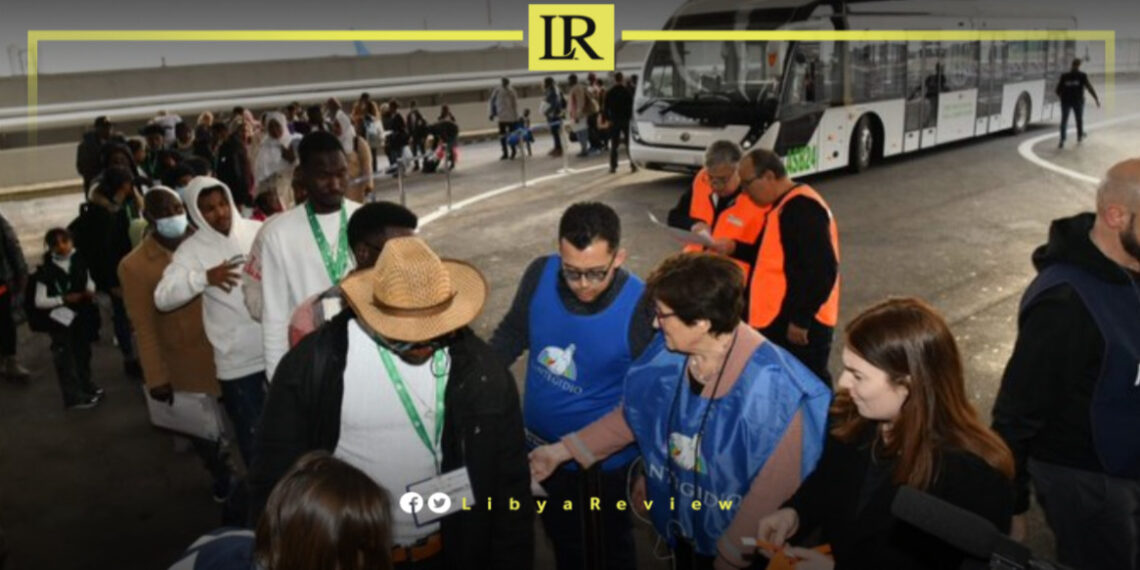On Thursday, a group of 139 refugees arrived in Rome from Tripoli, Libya, as part of a humanitarian corridor program coordinated by the United Nations High Commissioner for Refugees (UNHCR) and Italian authorities.
The refugees landed at Leonardo da Vinci International Airport on a chartered flight, organized in collaboration with the Italian Ministries of Interior and Foreign Affairs, UNHCR, the humanitarian organization Arci, and the Catholic community Sant’Egidio, according to Italian news agency AKI.
Among the group, 39 are women, and 69 are minors, some of whom were born in Libya and have lived there under harsh conditions.
Many of these refugees endured years of hardship in Libya, where they were often subject to exploitation, abuse, and detention in inhumane conditions. Their safe relocation to Italy was made possible through a protocol signed in December 2023, which has already helped resettle 592 asylum seekers from Libya.
The humanitarian corridor provides a safe and legal alternative to the dangerous Mediterranean crossings, which have led to thousands of deaths.
The refugees, originally from various African nations, will be relocated across Italian provinces and integrated into the National Reception and Integration System (SAI), which includes language training, job placement, and education for minors.
Libya remains one of the most dangerous transit points for migrants and refugees trying to reach Europe.
Thousands of asylum seekers from Sub-Saharan Africa and conflict-affected countries arrive in Libya seeking passage across the Mediterranean. However, many end up trapped in detention centers, where they face mistreatment, trafficking, and violence at the hands of smugglers and militias.
In recent years, international organizations have criticized conditions in Libya’s migrant detention centers, with reports of abuse, forced labor, and extortion. The UN, EU, and humanitarian groups have urged stronger protection measures for refugees in Libya, as well as expanded legal pathways for resettlement.
The humanitarian corridor program offers an alternative route for vulnerable refugees, allowing them to reach safety without risking dangerous sea crossings. Since its launch in February 2016, the initiative has helped resettle over 8,000 refugees across Europe, including thousands from Libya.


